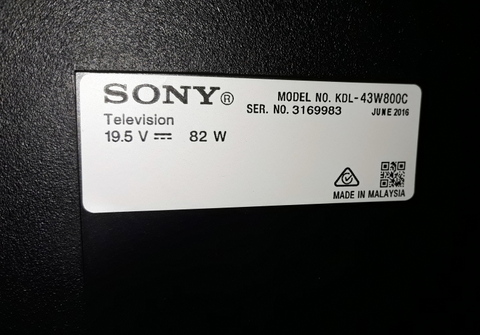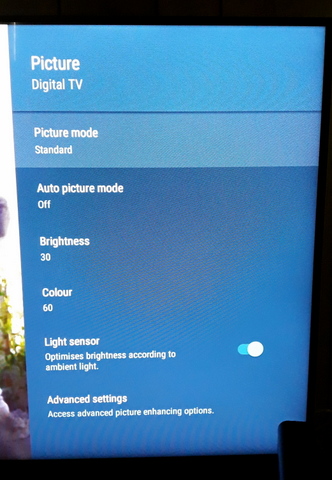This little titbit came out of a conversation with a mate of mine who is wise in the ways of energy use reduction, and it was a throwaway line from him about having ‘optimised’ the energy consumption of his TV. As a result of that comment I did some research and then optimised our TV, saving us energy (and money) in the process.
With two and a half TVs per house on average (and 31% of households having more than four!) TVs are a contributor to the household energy bill. While they are not the biggest energy consumer in the house, with a bit of research and half an hour or less fooling about, you can reduce their consumption considerable for NO cost at all.
Obviously the type of TV you buy will have a significant effect on the amount of energy they use and an LCD/LED TV will only use two thirds of the energy a plasma screen TV will. However, if you already have a plasma TV, rather than junking it (no one seems interested in second hand TVs these days!), optimise it and keep using it until it is no longer functional, then replace it with an LCD LED TV.

The idea is to set your TV for home use, not for store use. Televisions are set from the factory to look good when turned on next to a whole stack of other TVs in the large, open environment of a retail store, rather than to provide the best picture in your living room at home. Those settings also result in the TV using more energy.
In general terms the following advice applies, but the best way is to check out on the ‘net how best to optimise your particular TV brand and model. Just type in the brand and model of the TV and ‘optimise for energy use’.
General advice
Go into the ‘settings’ function of your TV and set the mode to one called Standard, Cinema, or Movie these will still give you an excellent picture, but use considerably less energy. Avoid modes called ‘Dynamic’ or ‘Vivid’ because, as their name suggests, they will suck more power for not a huge improvement in viewing quality.
Turn the brightness and contrast down to an acceptable level as these settings are also usually set for display in the shop. It is just a case of accessing the setting function again and then dialing down both the brightness and contrast to the point where they are at the lowest level where you are still happy with the picture quality. This may take a bit of time using trial and error, but in practice it only took us 5 to 10 minutes to come to the best compromise for us.

Activate ‘Eco-mode’ or ‘Energy Saving Mode’ if there is one, this will reduce the TVs energy consumption as well.
We had an older TV which consumed 128 watts nominally, but after I had optimised it, energy consumption went down to 80 watts. A couple of years after that, when that TV passed on, we bought a newer model which only use 82 watts to start, but I was able to optimise it down to where it now only uses 10 watts.



